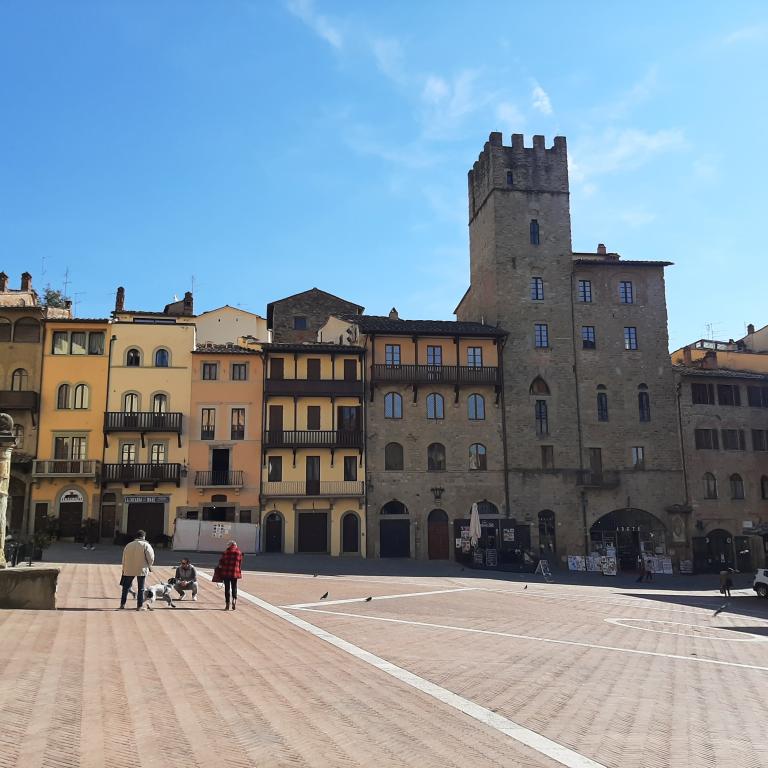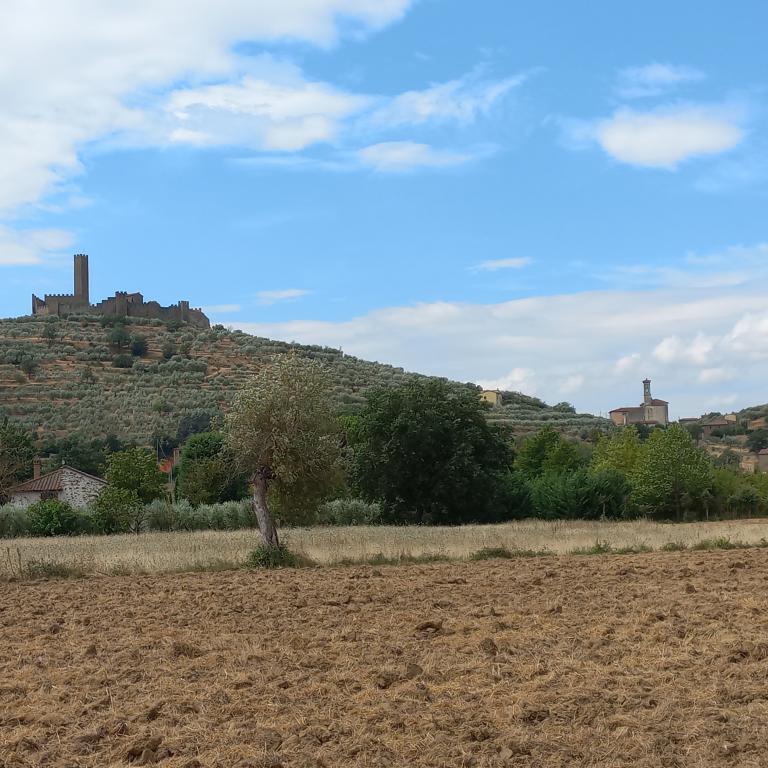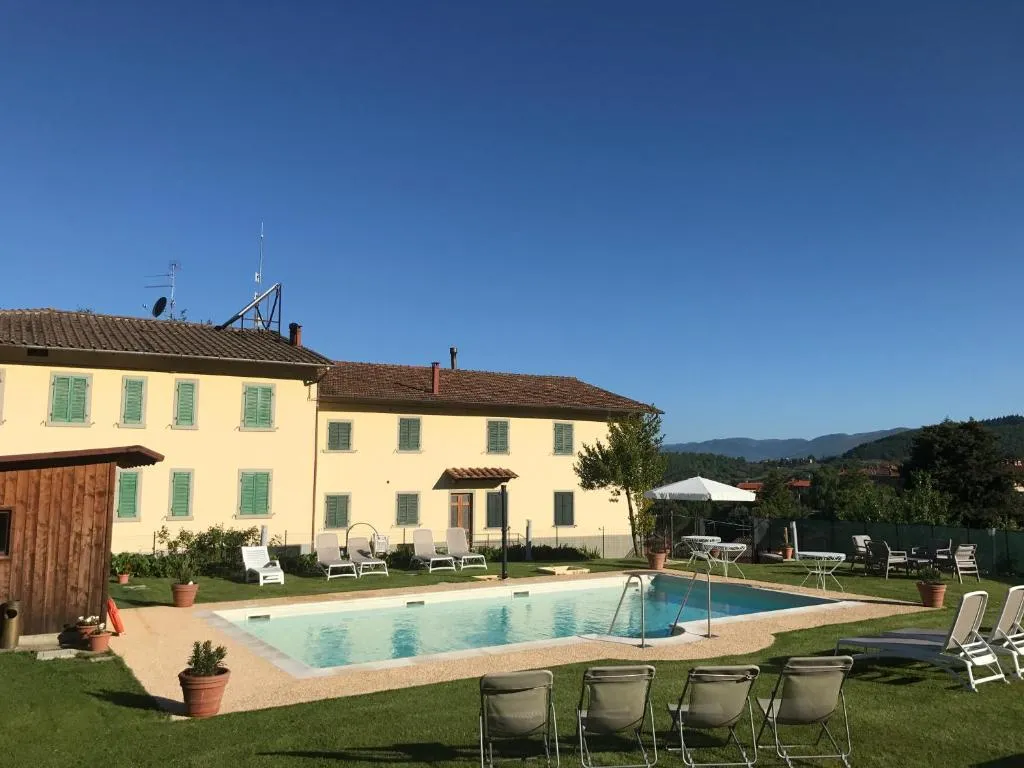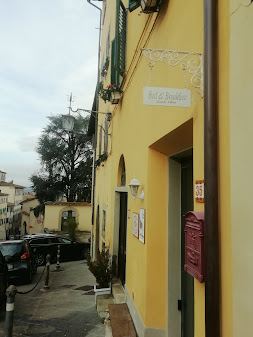The Via Romea Germanica was the chosen route for the majority of pilgrims from Northern Europe to reach Rome: this stretch begins from the enchantment of Chiusi della Verna, with its sanctuary, and continues through the Casentino Forests National Park and then into the Etruscan lands of the Arezzo region, between Subbiano and Arezzo, a city that celebrates all sort of ancient beauty.
And then Cortona, a symbol of iconic Tuscan beauty, and Castiglion del Lago, the jewel of Lake Trasimeno.
























